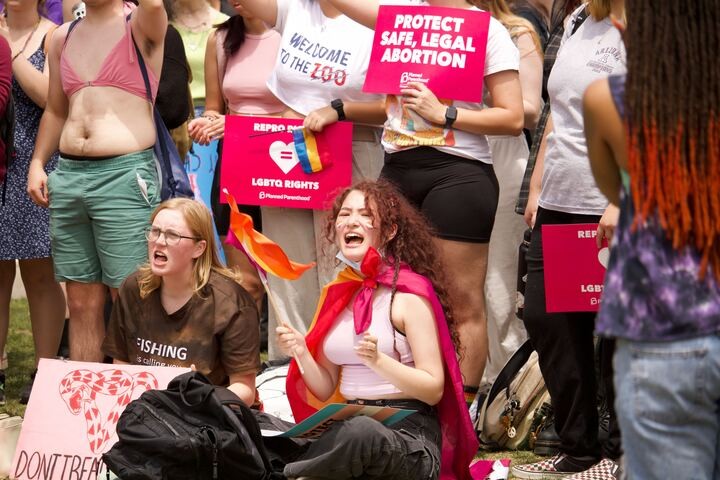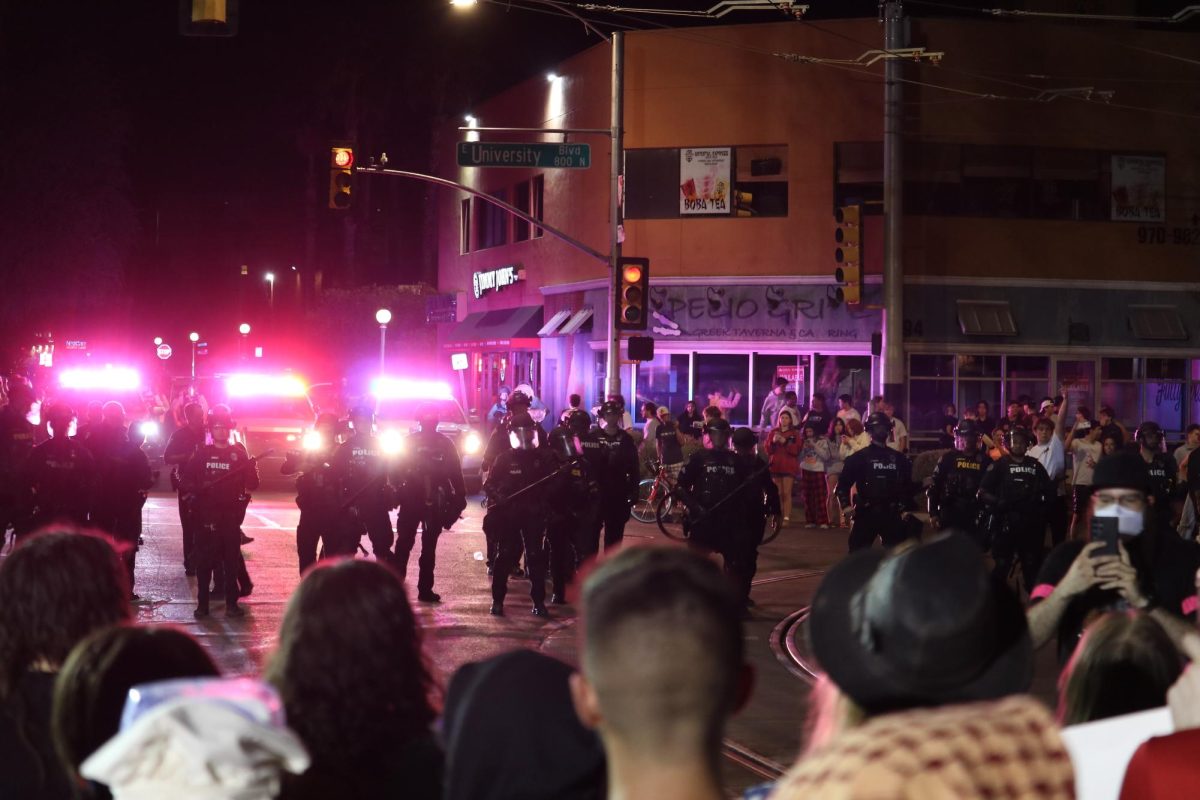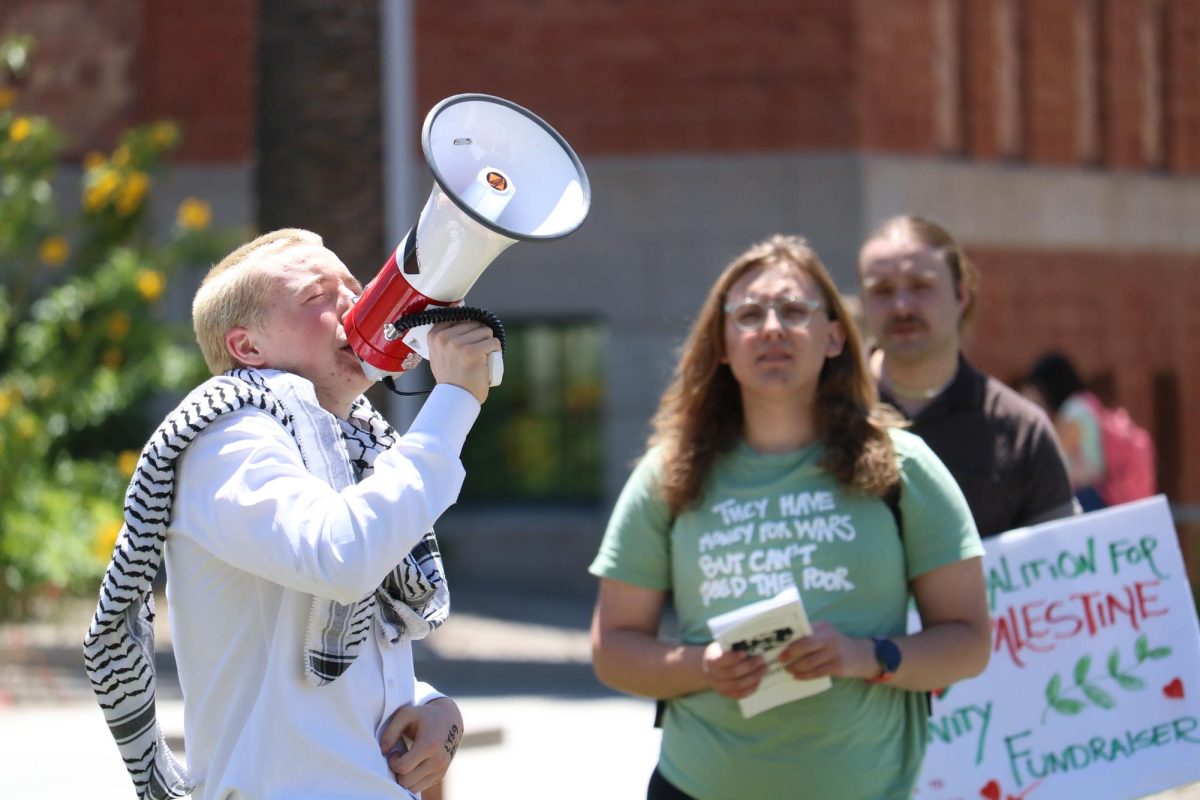UA medical student Arturo Guzman said childhood days spent at work with his mother, a nurse in Nogales, Sonora, Mexico, sparked his interest in medicine.
Guzman knew he wanted to attend medical school by the time he entered high school in Nogales, Ariz., he said. The expectation to attend college was set by his parents early on.
“”A lot of the influence was from them,”” said Guzman, a member of the Latino Medical Student Association. “”My parents’ goal for me and for my siblings was to get a college education and hopefully a good occupation.””
Guzman said he did not face significant barriers when entering medical school. However, other underrepresented minority students without the same encouragement or guidance may challenge the goal to increase diversity within health professions, he said.
It has been a slow process to increase the number of underrepresented minority graduates in the health fields at the UA, according to Theodore Tong, associate dean of the College of Pharmacy. Degrees awarded to Hispanic students in the college increased from one to nine between 1990 and 2009, but degrees awarded to black and American Indian students did not increase, according to statistics from the Office of Institutional Research and Planning Support.
Medical degrees awarded to Hispanic students in the UA College of Medicine increased about 11 percent between 1990 and 2009. Those awarded to black students did not increase, and degrees awarded to American Indian students rose from one to two.
The path to increasing diversity comes from increasing the qualified applicant pool, according to Oscar Beita, associate director of the Office of Outreach and Multicultural Affairs in the College of Medicine. Students need to start the path to medical or pharmacy school before they graduate high school by being exposed to the various careers and gaining a strong foundation in math and science, he said.
“”There are barriers in general,”” Beita said. “”The medical profession requires a lot of planning. People have to take a number of courses to prepare. Students need to have families who have been behind them many years supporting them, making sure they attend AP (Advanced Placement) class in high school, making sure they participate in the right types of activities.””
The current underrepresentation of minority groups in health fields may create a cycle, Beita said. In 2006, 3.5 percent of physicians were black while 5 percent were Hispanic and 0.02 percent were American Indian, according to the American Medical Association.
Students with relatives who have been through medical school are often better prepared to navigate the process, according to Beita.
“”They have done all of this work before applying because their parents are guiding them,”” he said.
UA outreach programs targeting middle school, high school and undergraduate students have aimed to increase this access since they were introduced 10 to 20 years ago.
The Office of Outreach and Multicultural Affairs works with high school students through summer programs and offers undergraduates help with the Medical College Admission Test, interviews and other aspects of the medical school application process.
“”The idea is to prepare them to be better applicants,”” Beita said.
Retention of students in the College of Pharmacy does not differ by race, according to Tong. Instead, he said diversity in the college is a function of the variety of applicants.
“”The work has to be done before they arrive,”” Tong said. “”That’s not recognized very often. (People think) that’s someone else’s job.””
The College of Pharmacy introduced a program in the late 1990s to work with local schools and introduce students to pharmacy through activities such as summer camps. Several of these students have come to the College of Pharmacy in recent years and attributed their interest in the field to the camp, Tong said.
“”The idea of pursuing a career in health is important,”” Tong said. “”That’s where they’re needed.””
Tong said diversity initiatives have come far since he came to the college in 1982 and that he has seen improvement. Of the 98 pharmacy students who began the program last fall, 45 percent identified themselves as minorities, he said.
“”The change is positive,”” Tong said. “”It’s taken a long time. We wish it would move faster.””








